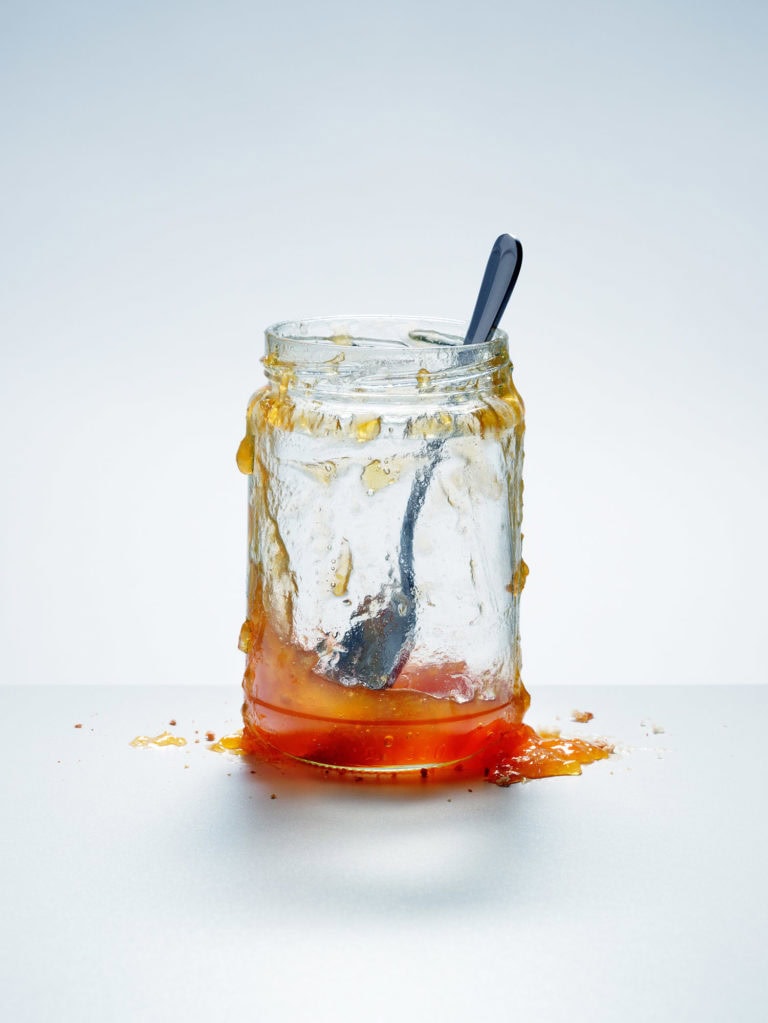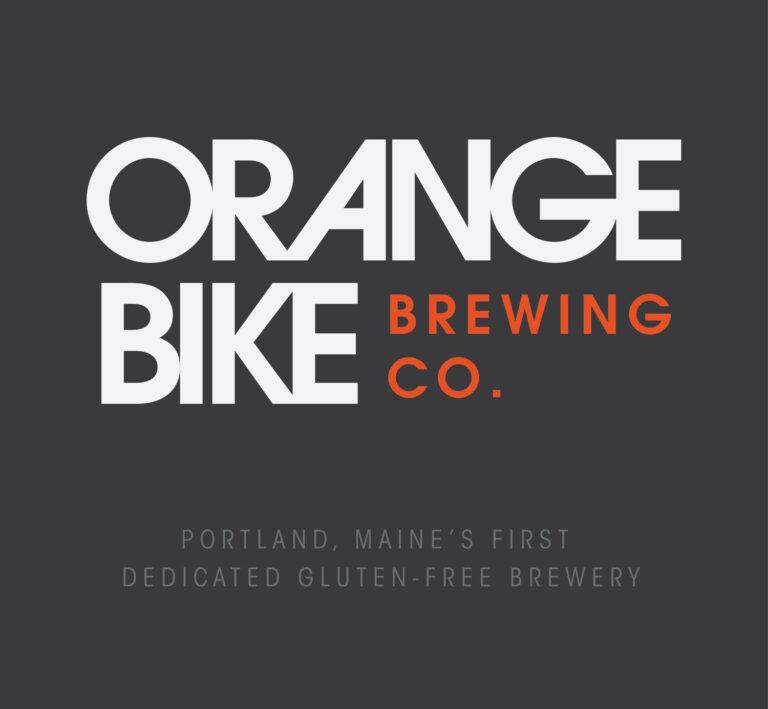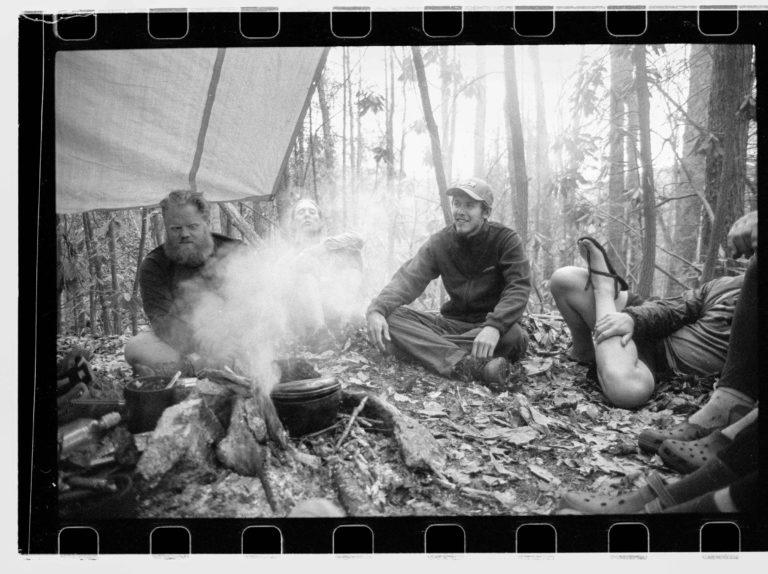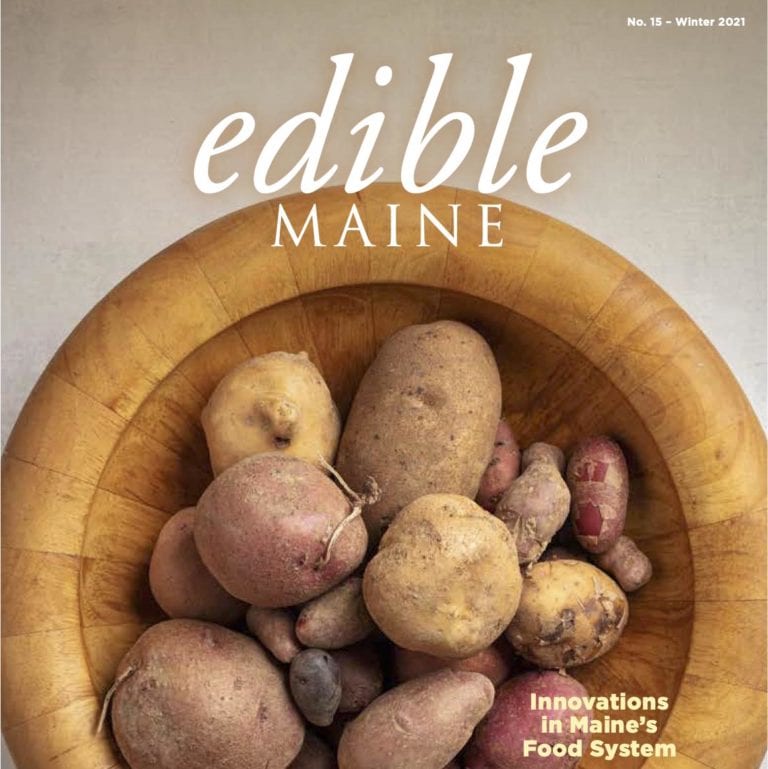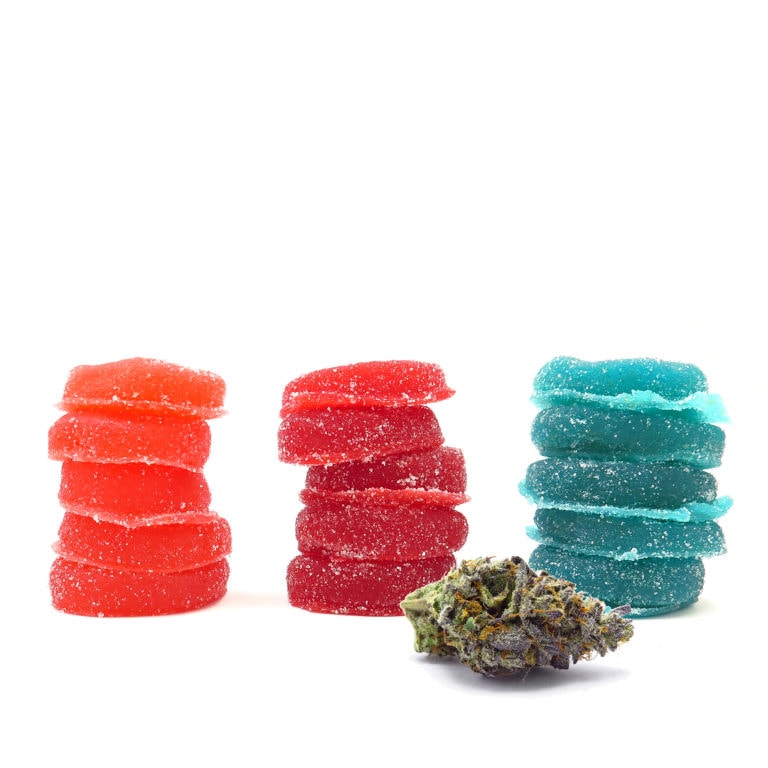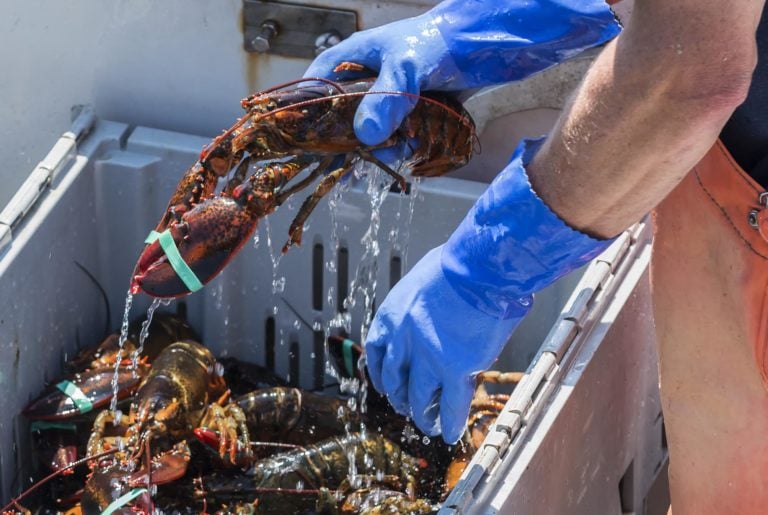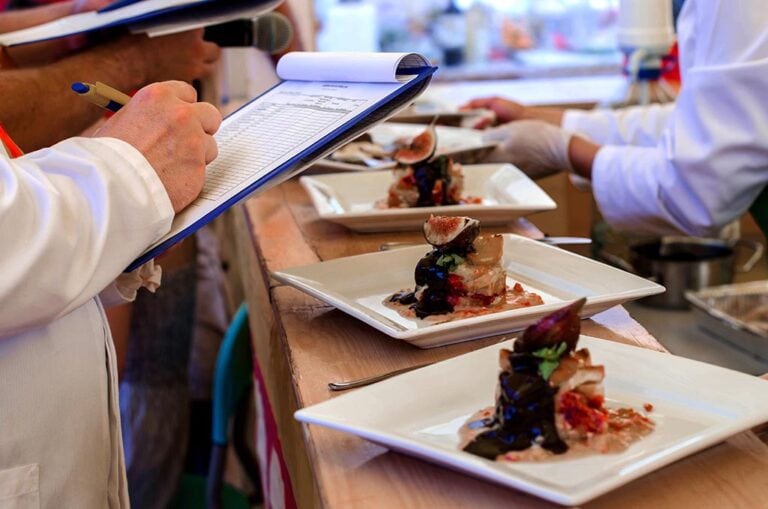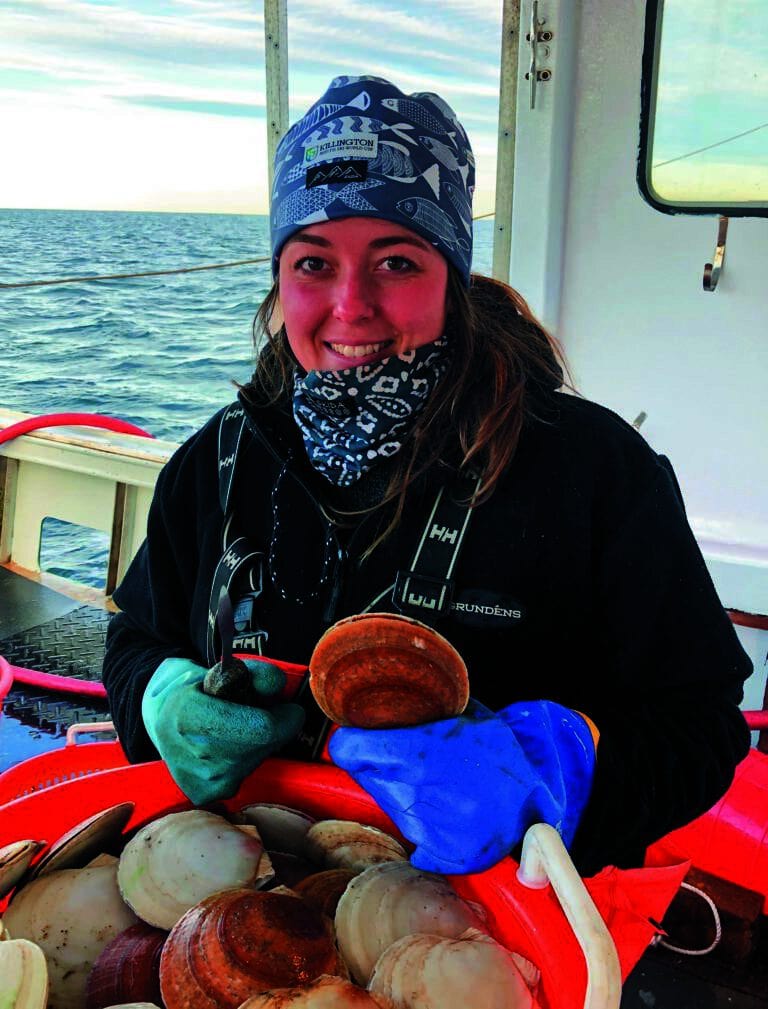I took my first taste of raclette at 17 in an alpine village in Switzerland. I watched as a half wheel of nutty cheese was heated in a stone fireplace until its surface was melted and then scraped onto my plate, blanketing boiled potatoes and cozying up to vinegary cornichons.
My Swiss host family gave me a raclette oven as a farewell gift. Designed for home use, it is round, with four triangle-shaped pans that slide underneath an electric heating element that melts the cheese and keeps a bowl of potatoes warm on the enameled metal top. A friend of my father’s rewired it to make it compatible with American electrical outlets, and I have used it now for more than four decades.
Raclette with friends has become a New Year’s Eve tradition, and although the meal still includes the original elements, others have been added. Mini burgers, lamb chops, sausages, shrimp, scallops, mushrooms, and peppers have all been part of the mix.
This style of raclette is more typical of France than Switzerland, says Laura Godin. Together with her wife and business partner, chef Alexis Godin, she co-owns the alpine-style restaurant Alice and Lulu’s Mountainside at the base of Sugarloaf Mountain in Carrabassett Valley.
“Growing up in a French household, raclette was either a celebratory meal or a casual Sunday night dinner,” Laura says. “We would use assorted meats that we had in the fridge and vegetables from the garden.”
From its opening in October 2018, Alice and Lulu’s has offered a French-style raclette, initially only at a special table with a single large machine in a back corner of the restaurant. Diners have embraced the convivial, interactive meal, which includes a choice of cheese—traditional raclette or cheddar for kids—cured and smoked local meats, seasonal vegetables, potatoes, whole-grain mustard, cornichons, and sourdough bread.

The couple bought smaller machines that now allow them to serve raclette throughout the small dining room and at the bar year-round. They also rent out the machines for guests to use at home ($25 for a small one, $50 for a large one)—an option launched during the pandemic as an option on their take-out menu. “We want people to know that raclette is not just for date night, it’s also a relaxing way of wrapping up a day on the slopes,” says Laura.
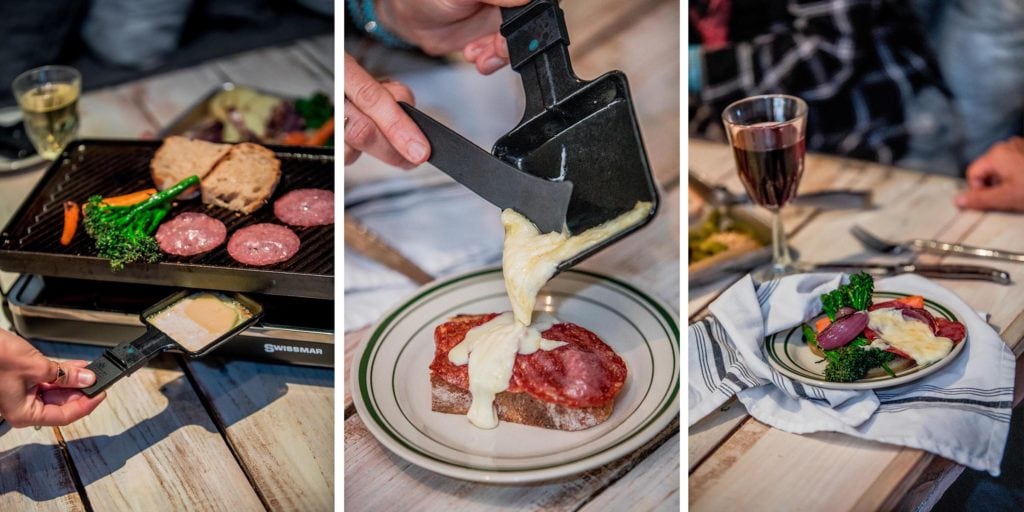
Laura offers up several tips for a successful evening of raclette at home.
Firstly, visit your local cheese shop and choose a true raclette cheese.
“We are partial to French wheels, but there are other good ones—Crooked Face Creamery in Skowhegan is developing a raclette cheese,”
Laura says. She recommends a quarter-pound of cheese per person as a starting point.
Secondly, decide which meats you want to enjoy alongside the cheese. Seek out cured meats like prosciutto or salami, as well as smoked ham or slab bacon.
Thirdly, customize your raclette as you see fit. For Laura, authentic raclette includes sourdough bread, whole-grain mustard, and cornichons. But she says any pickle will help cut through the fattiness of the cheese. Serving a salad at the same time or at the end of the meal is also a welcome addition.
And finally, with the variety of flavors at play, Laura—a sommelier—suggests mineral-y whites such as Burgundy, Chablis, or Alsatian pinot gris; red Burgundy or pinot noir with earthy notes; and, for beer, Belgian ale or kolsch.







